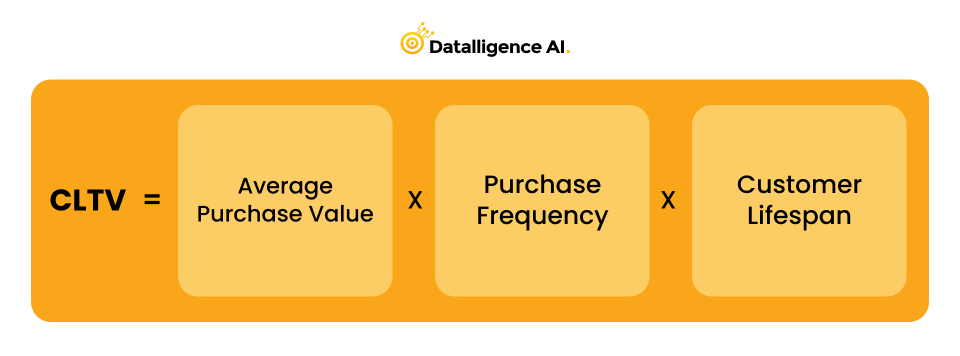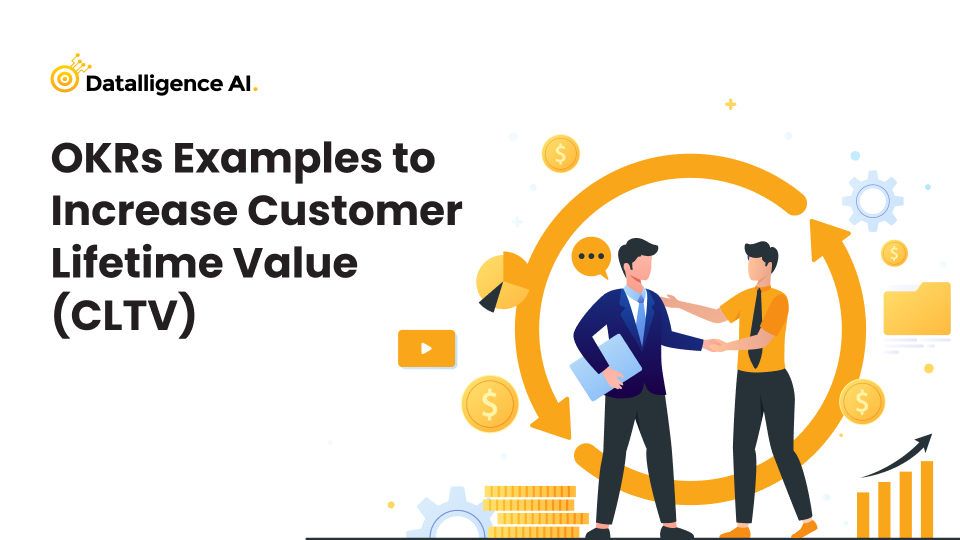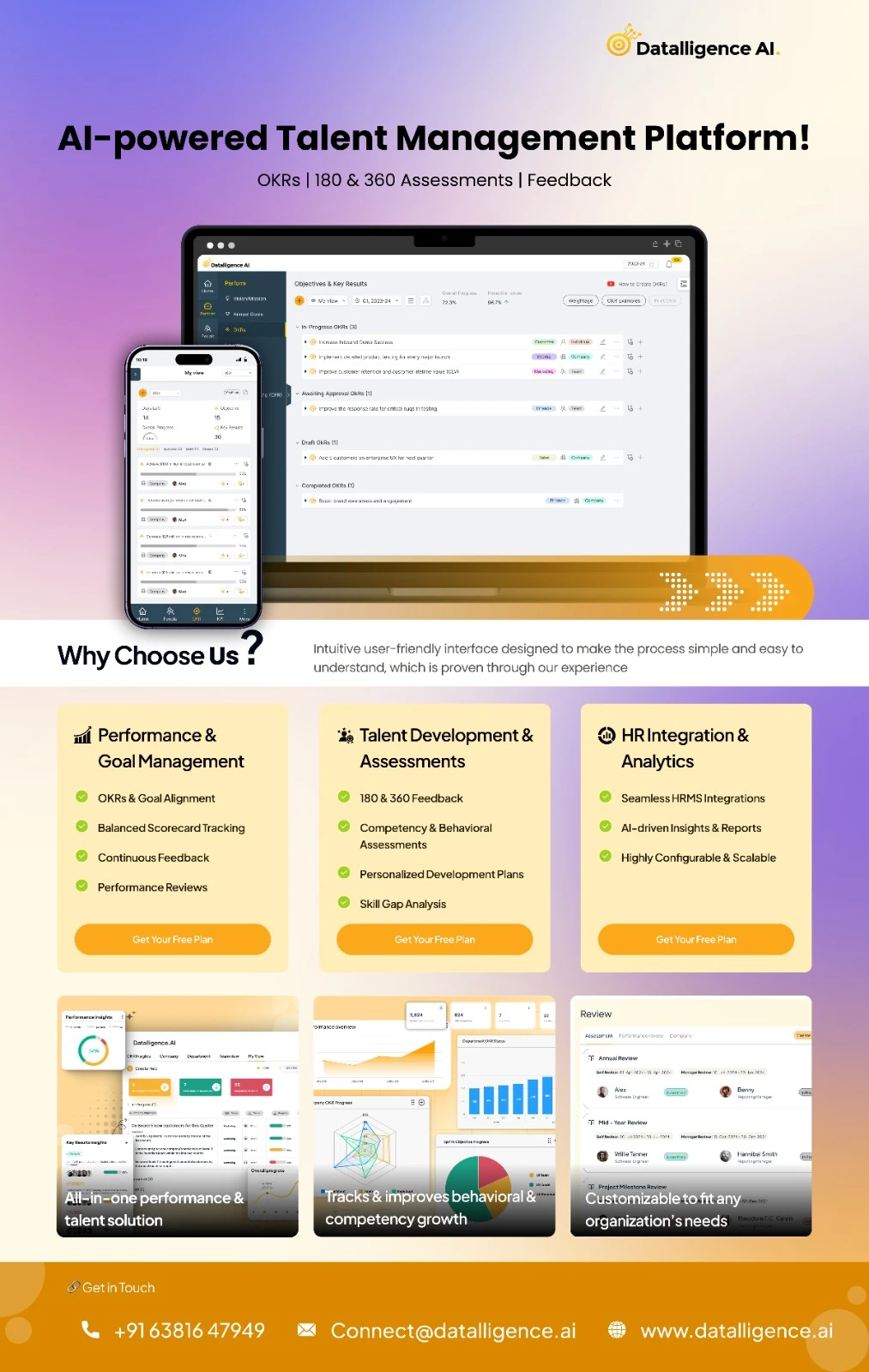In today’s competitive business landscape, organizations are constantly seeking innovative strategies to not only acquire new customers but also maximize the value they bring over their entire relationship with the company.
In an article by Neil Patel, he claims that acquiring new customers is 7 times more expensive than keeping your current clientele.
Let’s deep dive into the concept of CLTV and how companies can leverage OKRs to increase it. So, let’s dive in and explore the powerful combination of CLTV and OKRs, unlocking the potential for long-term success and sustainable profitability in today’s customer-centric marketplace.
What is CLTV?
Customer Lifetime Value (CLTV), also known as Lifetime Value (LTV), is a metric used in marketing and customer relationship management to measure the total value a customer brings to a business over the entire duration of their relationship. CLTV estimates the potential revenue or profit that a customer will generate during their lifetime as a customer.
CLTV takes into account various factors such as customer acquisition costs, the average purchase value, purchase frequency, customer retention rate, and the duration of the customer relationship.

3 Components of Customer Lifetime Value
- Average Purchase Value: This refers to the average amount of money a customer spends during each transaction or purchase.
- Purchase Frequency: It represents the average number of purchases made by a customer within a specific time period, typically a year.
- Customer Lifespan: This is the average duration of the customer’s relationship with the business, often measured in months or years.
By understanding CLTV, businesses can focus their efforts on acquiring high-value customers, retaining existing customers, and increasing customer satisfaction. It also helps in evaluating the return on investment (ROI) of marketing campaigns and customer retention initiatives.
6 reasons why CLTV is important for your business?

CLTV represents the predicted net profit a company can expect to earn from a customer over the entire duration of its relationship with the business.
Here are some reasons why CLTV is important:
Strategic decision-making
CLTV helps businesses make informed decisions regarding marketing strategies, customer acquisition, retention efforts, and resource allocation. By understanding the value each customer brings to the company over time, businesses can prioritize their efforts and investments accordingly.
Customer segmentation
CLTV allows businesses to segment their customers based on their value and profitability. This segmentation helps in tailoring marketing and retention strategies to different customer groups, ensuring that resources are allocated efficiently to maximize returns.
Customer acquisition costs
CLTV helps businesses evaluate the effectiveness of their customer acquisition efforts by comparing the cost of acquiring a customer to the expected value that customers will generate over their lifetime. This information enables companies to optimize their marketing budgets and focus on acquiring customers with higher CLTV.
Retention and loyalty
CLTV highlights the importance of customer retention and loyalty. By focusing on increasing CLTV, businesses can implement strategies to enhance customer satisfaction, improve loyalty, and reduce customer churn. Retaining existing customers is often more cost-effective than acquiring new ones.
Financial planning and forecasting
CLTV plays a crucial role in financial planning and forecasting. It provides insights into future revenue streams and helps businesses estimate their long-term profitability. This information is invaluable for budgeting, setting growth targets, and making strategic business decisions.
Customer lifetime optimization
By understanding CLTV, businesses can identify opportunities to optimize the customer journey and increase customer lifetime value. This could involve cross-selling, upselling, subscription models, personalized offers, or improving the overall customer experience to encourage repeat purchases and long-term engagement.
Top 10 OKRs examples for increasing CLTV
Objective: Improve customer retention and loyalty
KR 1: Increase customer retention rate by 15%.
KR 2: Achieve a Net Promoter Score (NPS) of 9 or above.
KR 3: Decrease customer churn rate by 10%.
Objective: Enhance upselling and cross-selling opportunities
KR 1: Increase average order value by 20% through upselling techniques.
KR 2: Achieve a cross-selling conversion rate of 15%.
KR 3: Launch and promote at least three new cross-sell offerings.
Objective: Personalize customer experiences and communications
KR 1: Implement a customer segmentation strategy for targeted marketing campaigns.
KR 2: Achieve a 20% increase in click-through rates (CTR) for personalized emails.
KR 3: Launch a personalized recommendation engine on the website.
Objective: Optimize pricing and packaging strategies
KR1: Conduct a market analysis to evaluate competitor pricing and identify opportunities for adjustment.
KR 2: Increase the average revenue per customer by 10% through revised pricing plans.
KR 3: Launch a customer survey to gather feedback on pricing and packaging preferences.
Objective: Improve product/service quality and value proposition
KR 1: Implement a customer feedback loop to gather insights for product/service enhancements.
KR 2: Achieve a customer satisfaction (CSAT) score of 9 or above.
KR 3: Launch at least three product/service improvements based on customer feedback.
Objective: Strengthen customer support and responsiveness
KR 1: Decrease average response time for customer inquiries by 25%.
KR 2: Implement a live chat support feature on the website.
KR 3: Achieve a customer support satisfaction rating of 95%.
Objective: Foster customer advocacy and referrals
KR 1: Launch a customer referral program and track the number of referred customers.
KR 2: Increase the percentage of new customers acquired through referrals by 20%.
KR 3: Establish partnerships with influencers or industry experts to promote the brand.
Objective: Enhance customer onboarding and training processes
KR 1: Implement an interactive onboarding program with step-by-step tutorials and resources.
KR 2: Achieve a customer onboarding completion rate of 90%.
KR 3: Launch a knowledge base or self-service portal for customer support.
Objective: Optimize customer touchpoints and user experience
KR 1: Conduct a comprehensive user experience (UX) audit and implement recommended improvements.
KR 2: Achieve a minimum 4-star rating for mobile app user experience.
KR 3: Reduce website bounce rate by 15% through enhanced navigation and page load speed.
Objective: Increase customer lifetime value through subscription plans
KR 1: Launch tiered subscription plans with differentiated features and pricing.
KR 2: Increase the percentage of customers on annual subscription plans by 30%.
KR 3: Achieve a subscription renewal rate of 95%.
CLTV OKR best practices
Clearly define CLTV (Customer Lifetime Value) objectives
Start by setting specific and measurable CLTV goals that align with your company’s overall strategy. Ensure that your objectives are realistic and attainable within a given timeframe.
Identify key metrics
Determine the key performance indicators (KPIs) that will help you measure CLTV effectively. Some common metrics include average revenue per customer, customer retention rate, and customer acquisition cost. Select metrics that are relevant to your business and provide meaningful insights into CLTV.
Implement data tracking and analysis
Establish a robust data tracking system to gather customer information and behavior data. Use analytics tools to analyze this data and gain insights into customer preferences, purchase patterns, and lifetime value. Regularly review and refine your data collection and analysis processes to ensure accuracy and relevancy.
Optimize customer acquisition and retention strategies
Develop targeted marketing campaigns and strategies to acquire high-value customers and improve customer retention. Use CLTV insights to identify customer segments with the highest potential for long-term profitability. Tailor your marketing efforts to attract and retain these valuable customers effectively.
Foster cross-functional collaboration
CLTV optimization requires collaboration across various departments, such as marketing, sales, customer support, and product development. Encourage cross-functional teams to share insights and work together to improve CLTV. Foster a culture of data-driven decision-making and continuous improvement to maximize CLTV growth.
Conclusion
In conclusion, focusing on increasing Customer Lifetime Value (CLTV) is crucial for businesses looking to thrive in today’s competitive market. Datalligence can empower your business to increase Customer Lifetime Value by providing a comprehensive platform for goal-setting, tracking, collaboration, and data analysis. With our assistance, you can unlock the full potential of your customer relationships and drive sustainable growth for your organization. Talk to our experts and coaches and gain more insights or Try Datalligence for free.











